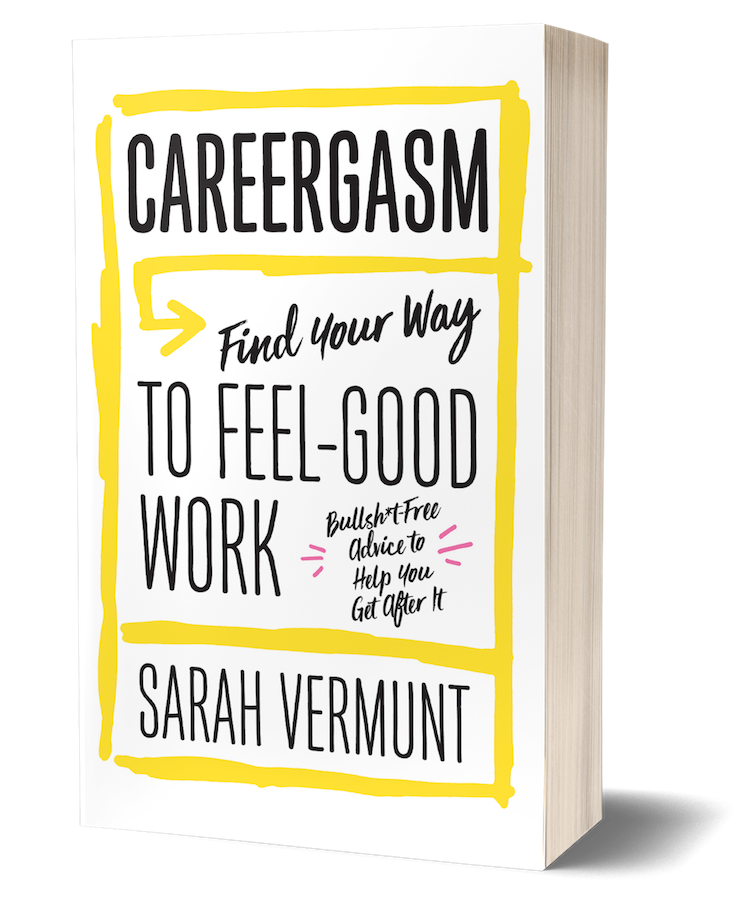Hate your job? What you need to do first....
/I remember those days of new writing books and pencils with their sharp tips. I loved September with all of its possibilities.
I felt like I was on the edge of something bigger in my life. What would that be? I had no idea. But it was invigorating.
Do you notice those same longings this time of the year?
September is a great time for starting anew.
Having had the expansion that summer brings, now is a perfect time to look at your work life and point it in the direction you want.
Alongside those feelings of excitement, do you feel the trepidation of now knowing what it is that you want to be doing in your work life? Or how to get there?
Where to begin?
By making a commitment to yourself.
I am one of those people who have a pretty solid background in taking care of others. Single parent. Helping professions. Other people's needs are apparent.
Isn't it amazing how many things need handling. Our lives are busy from dawn to dusk (and beyond).
I am amazed when an entire day goes by and I haven't done a thing I wanted to do.
Do you feel the same? Where are you in the list of priorities?
You have probably heard the flight attendant tell you about putting your face mask on first in the event of an emergency. You can't save anyone if you are out of commission.
But do you actually follow that advice?
I suspect, no matter how many times we have seen the safety demonstration, if an emergency happened, you would automatically put your child's mask on first. Perhaps even the seat mate next to you.
It is a matter of habit.
Habits form easily. Doing an activity in a way that works, we repeat. And repeat. Until it becomes automatic. And unconscious. Which can be both great and unhelpful.
So if you have been putting others’ needs and the demands of daily life ahead of yourself for a long time, making yourself a priority may not be that easy.
What do I mean by making a commitment to yourself?
- Making an alignment between what you want and time for making it happen.
- If you don’t know what you want, make time to explore what that could possibly be.
- Investing time in yourself – planning times to do those activities that set your soul on fire.
- Making your well being a priority (sleep, eating what makes your body feel nourished, body movement, quiet time, nature).
- Taking your dreams seriously. (And lightly – there always needs to be a fun element here.)
- Thinking about where it is that you want to go.
- If you are feeling stuck or something is holding you back, find yourself someone who can help you. This does not need to be a lonely battle. Actually it doesn’t need to be lonely nor a battle.
- Being aware of what you deeply care about. What really matters to you.
Why is being committed to yourself important?
Being committed to yourself means following through on the plans that you make. If you are not following through on what you want to happen in your life, on your personal goals or dreams, this can affect you in a few ways.
Here’s some thoughts on why you need to place yourself as a priority.
When you say you are going to do something and you don’t do it, that has an effect on you even if you don’t notice it. My belief is the lack of commitment goes to the low self esteem bucket. The bucket that is full of unmet promises, often the kinds you make to yourself.
The ones that we don’t think matter.
Except they do. The low self esteem bucket affects how you view yourself. And how you relate to the world and how you relate to yourself.
Being disappointed with yourself becomes apparent in your self talk. Self deprecating, self diminishment. Statements such as, “You never follow through on what you say you are going to do.” “You always…. (fill in the blank).”
Over time, your bucket grows and grows.
This spills over into all of life, including work.
How do YOU make a commitment to yourself?
Don't miss another article! Sign up here to get the blog fresh off the press!
You may also like:
The Secret to Getting the Work of Your Dreams
8 Reasons Why You Stay in Your Crappy Job














